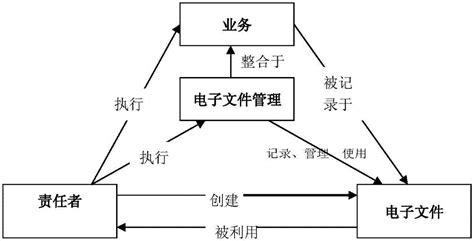Title: Understanding Blockchain Audit Objectives with Examples
Introduction to Blockchain Audit Objectives
Blockchain technology has revolutionized various industries, offering transparency, security, and efficiency in transactions. However, like any other system, blockchain networks require auditing to ensure their integrity and reliability. Blockchain audits aim to assess the accuracy, reliability, and security of blockchainbased systems, identifying potential risks and providing recommendations for improvement.
Key Objectives of Blockchain Audits
1.
Verification of Transactions:

Objective:
To confirm the validity and accuracy of transactions recorded on the blockchain.
Example Analysis:
In a supply chain blockchain, auditors verify whether each transaction, such as the transfer of goods or payments, matches the corresponding records and adheres to predefined protocols. Any discrepancies could indicate potential fraud or errors in the system.2.
Authentication of Participants:
Objective:
To ensure that only authorized participants engage in blockchain transactions.
Example Analysis:
Auditors examine the cryptographic signatures and digital identities associated with each participant. Any unauthorized access or suspicious activity could compromise the security and trustworthiness of the blockchain network.3.
Evaluation of Smart Contracts:
Objective:
To review the functionality and security of smart contracts deployed on the blockchain.
Example Analysis:
Auditors analyze the code and execution of smart contracts to identify vulnerabilities, such as coding errors or loopholes that could be exploited by malicious actors. They also verify whether smart contracts operate as intended and comply with regulatory requirements.4.
Assessment of Data Integrity:
Objective:
To ensure the immutability and consistency of data stored on the blockchain.
Example Analysis:
Auditors assess the hashing algorithms and consensus mechanisms employed by the blockchain to maintain data integrity. They examine the history of transactions to detect any unauthorized modifications or tampering attempts, ensuring the integrity of the entire blockchain ledger.5.
Compliance with Regulatory Standards:
Objective:
To ensure that blockchain operations adhere to applicable laws and regulations.
Example Analysis:
Auditors review the policies, procedures, and governance frameworks governing blockchain operations to verify compliance with regulatory requirements, such as antimoney laundering (AML) and knowyourcustomer (KYC) regulations. Noncompliance could lead to legal consequences and reputational damage.6.
Risk Management and Mitigation:
Objective:
To identify potential risks associated with blockchain operations and implement appropriate risk mitigation strategies.
Example Analysis:
Auditors conduct risk assessments to identify threats, such as cybersecurity breaches or system failures, that could impact the reliability and security of the blockchain network. They then recommend controls and safeguards to mitigate these risks and enhance the resilience of the system.Conclusion
Blockchain audits play a crucial role in ensuring the integrity, reliability, and compliance of blockchainbased systems across various industries. By addressing key objectives such as verifying transactions, authenticating participants, evaluating smart contracts, ensuring data integrity, complying with regulatory standards, and managing risks, auditors help enhance trust and confidence in blockchain technology. Organizations should prioritize regular audits to mitigate risks, enhance security, and maintain regulatory compliance in their blockchain operations.
标签: 简要说明具体区块链审计流程 区块链审计职能的五个特征 区块链审计的定义 区块链审计案例


